
11 minute read
How the boom changed your city


Advertisement

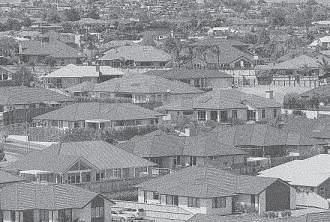


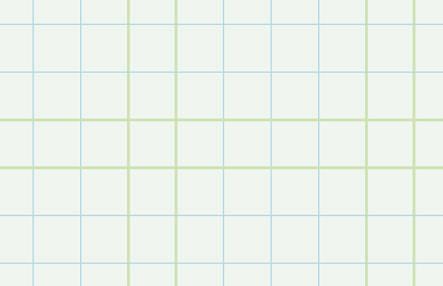
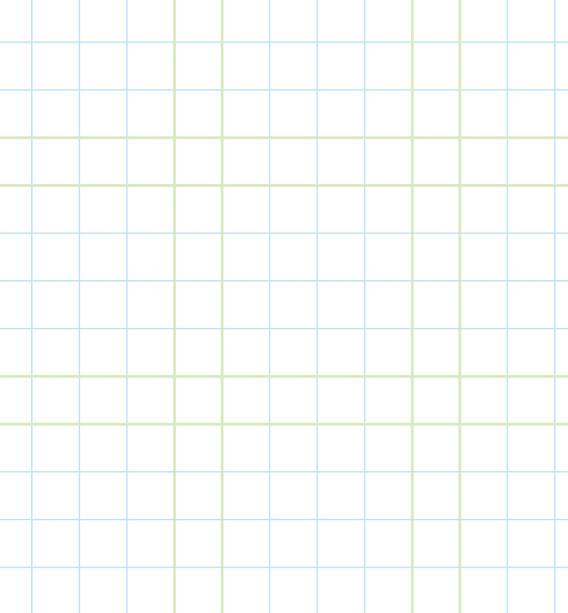


ALL SHOOK UP
How the proper ty boom changed the face of NZ cities
BETWEEN January 2020 - just before Covid took hold - and January 2022 the nationwide average property value jumped 45 per cent, from $760,000 to $1.103 million. Some towns and cities saw growth of more than 60%, and even those left behind by the boom registered a level growth that would be, in years previous, classed as strong.
The housing frenzy radically altered the landscape for buyers and sellers, with typical prices in many locations now well above $1m. The maps over the following pages illustrate that dramatic change.
Data analysis: Owen Vaughan, James Wilson, Wayne Shum Maps: Chris McDowall, Derek Watts Design: Beth Walsh



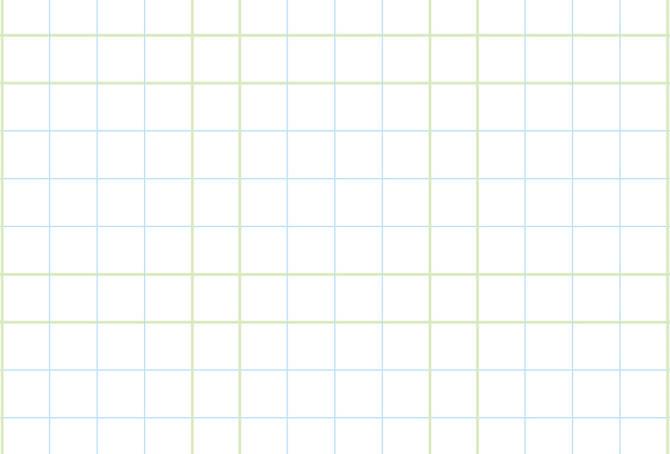

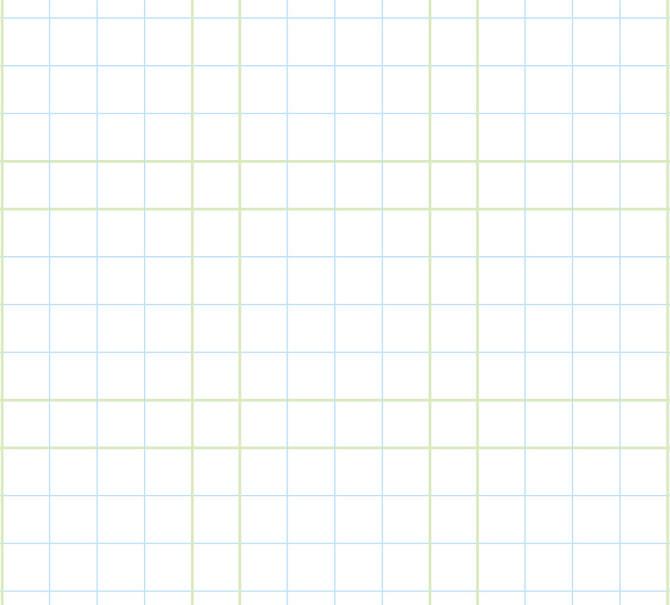
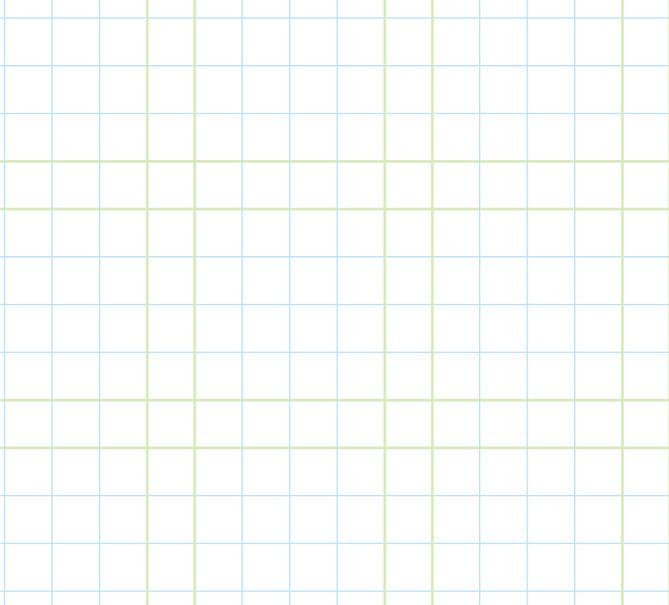




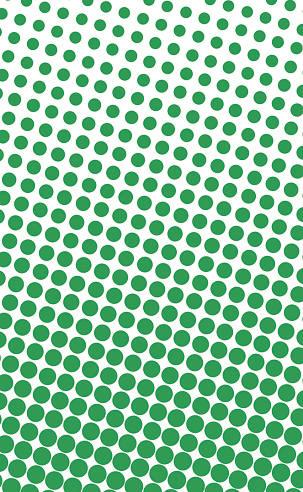




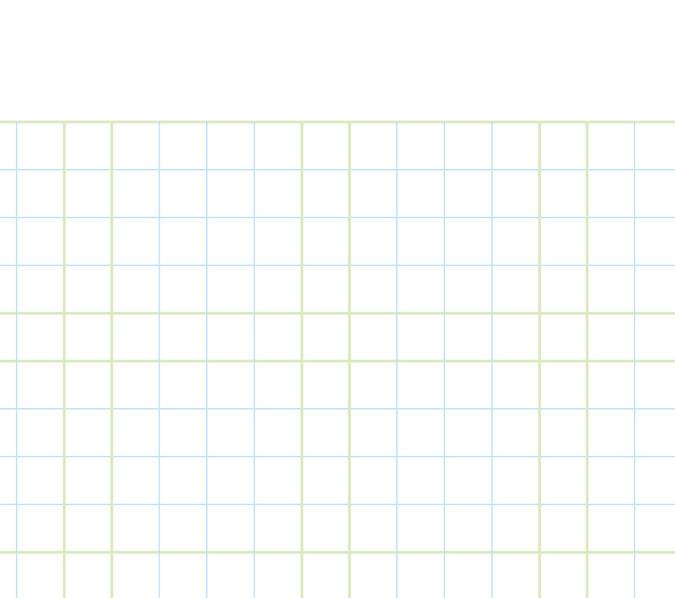
AUCKLAND
Auckland’s average property value grew 44 per cent over the two-year period from $1.09m to $1.57mIn January 2020, just one suburb - rural Te Hana, on Greater Auckland’s northern-most fringes - had an average property value of less than $500,000, while Auckland Central, home to shoebox apartments, was the cheapest entry point for those wanting a CBD location.
All up, 124 suburbs out of 278 covered had an average property value of less than $1m. Most of these were in the city’s southern belt and rural fringes, although there were still a dozen or so central city suburbs, such as Onehunga and Mt Wellington, where buyers could get a standalone house or unit for six figures. Just nine suburbs had an average property value of $2m-plus, with Herne Bay, in the city’s inner-west, the city’s (and country’s) most expensive housing market. >








The 2022 map illustrates the shift in prices. Bar three apartment-heavy locations, the majority of suburbs in the city’s central belt have average property values of $1.5m and above, and much of South Auckland has moved into the $1m-$1.5m price bracket. The number of $2m-plus suburbs has grown to 68, eight of which are in the $3m-plus bracket.
Herne Bay is still the most expensive suburb, but its average property value jumped $1.17m to $4.14m over the two-year period. It is one of five suburbs where prices rose $1m or more. A further 122 suburbs saw value increases of between $500,000 and $1m. The smallest increases - less than $200,000 - were in the city’s apartment suburbs of Auckland Central, Newmarket, Eden Terrace, Grafton and Manukau.




CHRISTCHURCH


Compared to Auckland and Wellington, Christchurch is still relatively affordable and while the housing boom altered the market, the city still has opportunities for first home buyers to enter the market at sub-$500,000 price points.
Over the two-year period, the city’s average property value grew 47 per cent from $529,000 to $782,000. In January 2020, 46 of the 112 Christchurch suburbs covered in the figures had an average property value of less than half a million dollars, and seven suburbs - Bo le Lake, Cou s Island, Fendalton, Kennedys Bush, McLeans Island, Merivale and Scarborough - were in the $1m-plus price bracket.What’s clear is that affordable housing can be easily found in the majority of central Christchurch - buyers don’t have to search on the furthermost fringes to find a home in the sub-$500,000 bracket.
Fast forward two years, and most of those affordable locations have moved up a price bracket, with the number of suburbs with an average property value of less than $500,000 shrinking to just eight, and the number of suburbs in the $500,000 to $1m price bracket rising from 59 to 73 and the number of suburbs in the $1m-plus bracket ballooning to 31. Kennedys Bush, with an average property value of $1.84m, is the city’s most expensive place to buy property (earthquake-damaged and flood-prone Bexley is the city’s cheapest urban suburb, with an average property value of $355,000).


DUNEDIN JAN 2020 DUNEDIN JAN 2022

DUNEDIN


Of the seven major metros, Dunedin’s housing market has suffered the smallest price jolt between January 2020 and January 2022, with its overall average property value growing 33.4 per cent over the two-year period from $568,000 to $758,000.
At the start of 2020, all but two of the city’s 106 suburbs had an average property value of above $1m, and 36 were in the sub-$500,000 price bracket.
The change between the two maps is clearest at the bo om end of the market, with the number of suburbs with an average property value of less than $500,000 shrinking to seven. The bulk of the city’s property market (82 suburbs) sits within the $500,000 to $1m price band and the number of $1m-plus suburbs has grown to 17. No suburb has managed to cross into the $1.5m-plus band. North Taieri, with an average property value of $1.44m, is the city’s most expensive suburb.

At the start of 2020, most of Hamilton - 35 out of 41 suburbs - sat in the $500,000 to $1m price bracket, although you could still quite easily pick up a home for less than half million dollars in Bader, Deanwell, Enderley and Te Rapa. Just two suburbs - Peacocke and Burbush - had an average property value of above $1m.
Jump to January 2022, and Peacocke and Burbush are still the city’s most expensive suburbs, with average property values of $1.59m and $1.62m respectively, but they have been joined in the $1m-plus club by another 12 suburbs.
Hamilton’s overall average property value has grown 46 per cent over the twoyear period from $643,000 to $939,000, and while the bulk of the city (27 suburbs) still sits in the sub-$1m bracket, no suburb has an average property value of less than $500,000.

HAMILTON JAN 2020 HAMILTON JAN 2022



QUEENSTOWN JAN 2020 QUEENSTOWN JAN 2022




QUEENSTOWN-LAKES
Queenstown-Lakes’ average property value grew 36 per cent between January 2020 and January 2022, from $1.35m to $1.85m. Of the country’s seven major metros, Queenstown-Lakes struggled the most after Covid hit, but it recovered by the end of 2021 and much of the house price gains it has enjoyed has been in the last 12 months.
Prior to Covid’s arrival, 22 suburbs in QueenstownLakes (70 per cent) had an average property value of more than $1m, nine of which were above $2m. By January 2022, just two suburbs had an average property value of less than $1m - Kingston and Makarora - while the $2m-plus club has grown to 13.
Glendhu Bay, on the northernmost fringes of the TA and home to rich-lister estates, remains the area’s most expensive rural suburb, with an average property value of $7.7m, while Kelvin Heights, with an average property value of $2.3m, is the area’s most expensive residential suburb.

TAURANGA


WELLINGTON
The overwhelming majority of the capital’s suburbs (78 per cent) had an average property value of less than $1m in January 2020, with city’s overall average property value si ing at $887,000. In the two years since, the number of suburbs in the sub-$1m price bracket has dropped from 44 to just seven - the apartmentheavy central suburbs of Wellington Central, Mount Cook, Pipitea and Te Aro, as well as Glenside, Grenada North and Makara Beach to the city’s north and east and the city’s overall average property value has grown to $1.31m.
The number of suburbs in the $1.5m-plus category has grown from one in January 2020 - Oriental Bay - to 12 in January 2022, with Seatoun joining Oriental Bay in the $2m-plus category.

WELLINGTON JAN 2020
Compared to New Zealand’s other major metros, Tauranga is geographically quite small - it has only 23 suburbs - so the changes in house prices over the twoyear period are quite readily apparent. Between January 2020 and January 2022, the city’s overall average property value grew 53.2 per cent from $810,000 to $1.24m. In 2020, one suburb, Parkvale, had an average property value of less than $500,000, and just three suburbs - Kairua, Mount Maunganui and Tauriko - were in the $1m-plus price bracket. By 2022, Parkvale’s average property value had grown almost $300,000 to $770,000 and 15 suburbs had an average property value of more than $1m, with Tauriko breaking through into the $2m bracket.
WELLINGTON JAN 2022


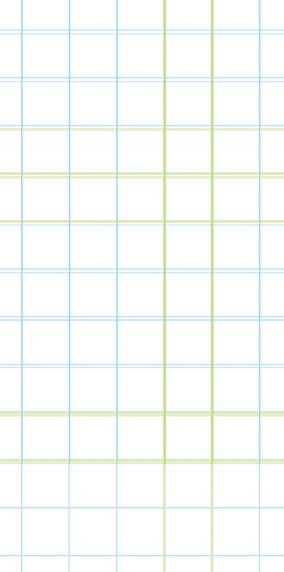



WHANGAREI


The change in Whangarei’s house prices is most apparent at the upper end: in January 2020, just two suburbs - Langs Beach and Taiharuru - had an average property value of more than $1m; by January 2022, the number had grown to 29.
The city’s overall average property value grew 49 per cent over the two-year period from $639,000 to $953,000. Otangarei, in the city’s north, is the cheapest place to buy property, and is the only suburb in Whangarei that has an average property value of less than $500,000.

WHANGANUI JAN 2020 WHANGANUI JAN 2022


WHANGANUI
In January 2020, buyers could still find a home within commuting distance of Whanganui CBD for less than $200,000, with Ranana, an hour north of the city, sporting an average property value of less than $200,000. Of the TA’s 31 suburbs, 21 were still in the sub-$500,000 bracket, and the most expensive suburb was Brunswick, with an average property value of $709,000.
In the space of two years, Whanganui’s overall average property value jumped 60 per cent, from $382,000 to $614,000, and the number of sub-$500,000 suburbs dropped to eight.









